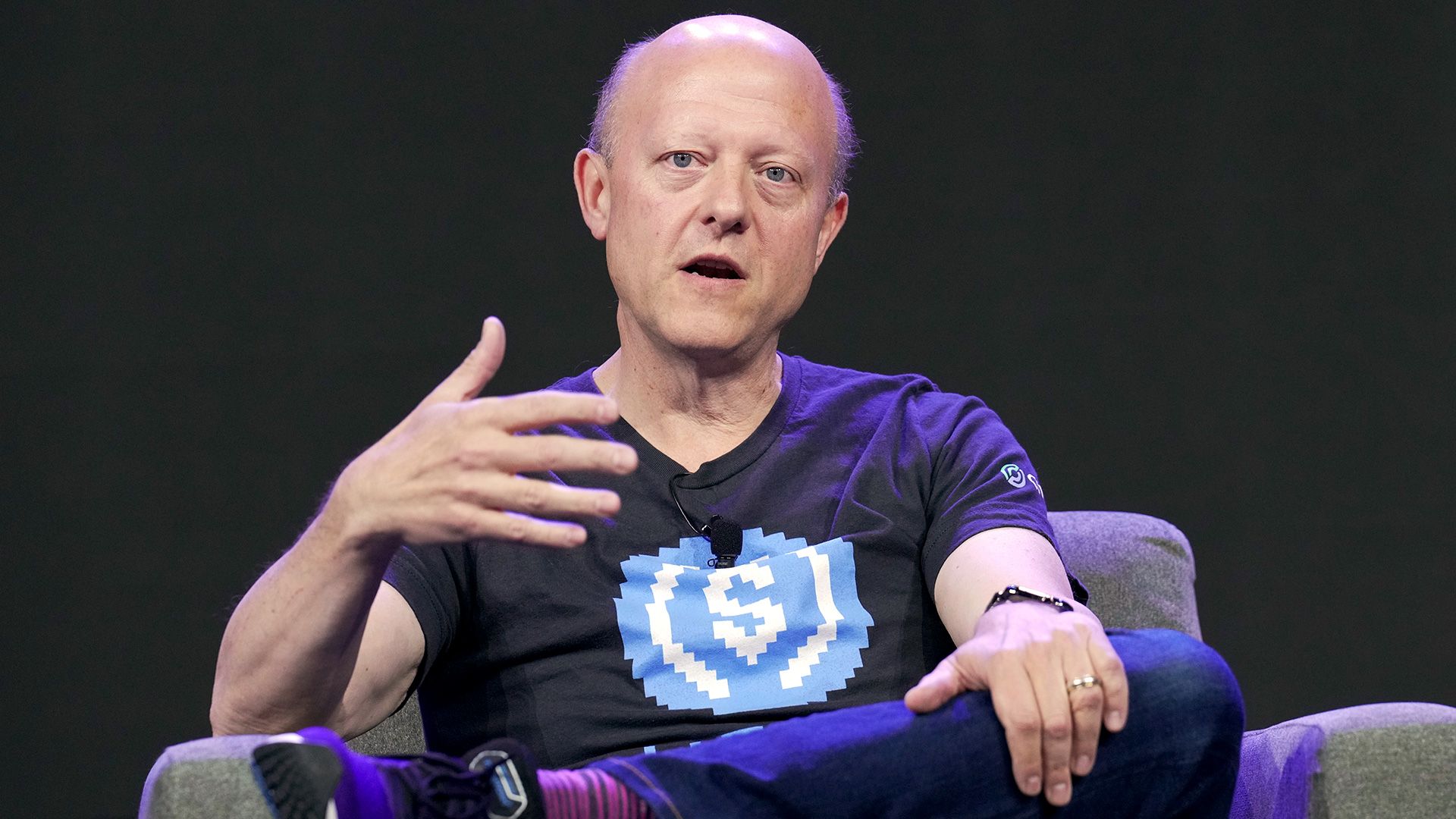This is a segment from The Drop newsletter. To read full editions, subscribe.
Coinbase’s Base team launched two tokens Wednesday afternoon — and a lot of people were not impressed.
One of the tokens is dubbed “Base is for everyone.” The second is called “Base @ FarCon 2025.”
The first token quickly spiked 962% in price — from $0.0016 to $0.017. Then, it abruptly crashed, spurring a flurry of allegations that the token was a “scam” or rugpull.
Rabby, a crypto wallet, even labeled the first Base token a scam token on its interface as a warning to traders, Tally CEO Dennison Bertram pointed out.
One trader who claimed to hold 1% of the token’s supply at one point called the whole thing a “dumpster fire.”
By Thursday morning, however, the token’s price had begun to rise again. Anything is possible in crypto, remember?
The “Base is for everyone” token climbed up over 350% to $0.011 in the past day, as of 10:50 am ET Thursday morning. At that time, the token had a market cap of roughly $11.5 million.
The second Base FarCon token was up over 7,000% in the past day, as of 11:20 am ET, but had a market cap of around $240,000 at that time (FarCon is an annual conference for the decentralized social media platform Farcaster).
Both of the Base “content coins” were launched via the social crypto platform Zora, where every post is a “memecoin.” Base picked Zora because it aligns with its vision that everything should be tokenized.
Zora saw one of its highest revenue days ever on Wednesday because of Base’s launches.
But are “content coins” just memecoins, rebranded? I think they fall somewhere in between what an NFT offers and what a memecoin offers, because coins’ utility (or lack thereof) really depends on what specifically is being tokenized and why. They could be seen as collectibles, or they could be bought to support content creators.
Base creator Jesse Pollack believes content coins are fundamentally different.
A content coin gets its designation “if it represents a single piece of content and it’s created in a context where the expectation is set that the coin is the content and the content is the coin — no more, no less,” Pollack wrote on the topic, adding that it can be a way for creators to go viral.
“I think that most of the arguments around [the practice] being ‘bad’ because of explicit financialization are mostly just moralizing and from talking with artists who’ve actually coined things, I’m not seeing downstream negative impact,” he added.
Love them or hate them, tokens of all kinds will keep coming. Pump.fun was just the beginning. My prediction is that some of these so-called content coins could soar in price — but others will crash and burn (just like other cryptocurrencies).
“If we want the future to be onchain, we have to be willing to experiment in public. That’s what we’re doing,” the Base account wrote in a post Thursday morning, adding: “To be clear, Base will never sell these tokens, and these are not official network tokens for Base, Coinbase, or any other related product. The content we share is creative, and we’re going to keep bringing culture onchain.”
Get the news in your inbox. Explore Blockworks newsletters:



















